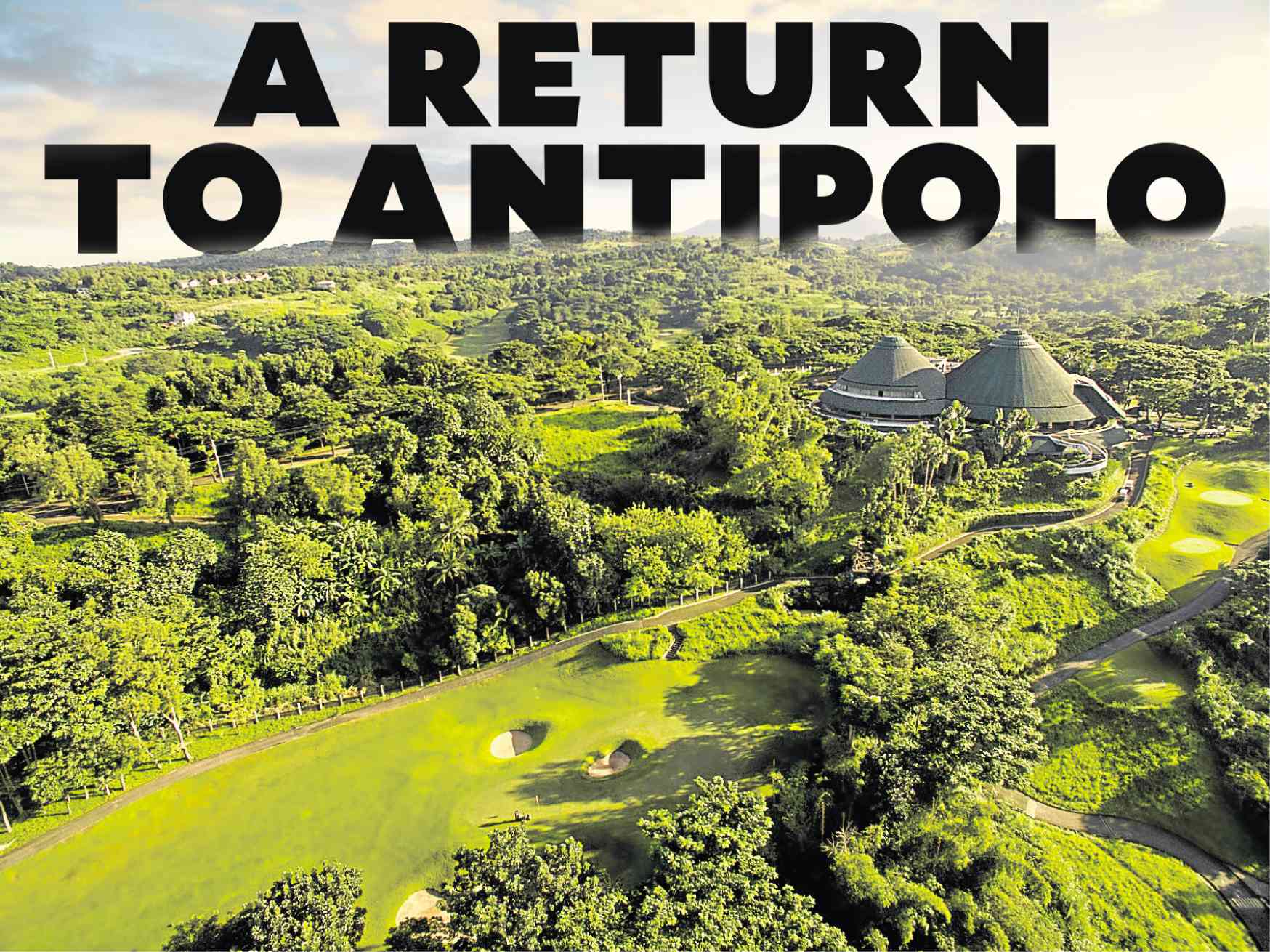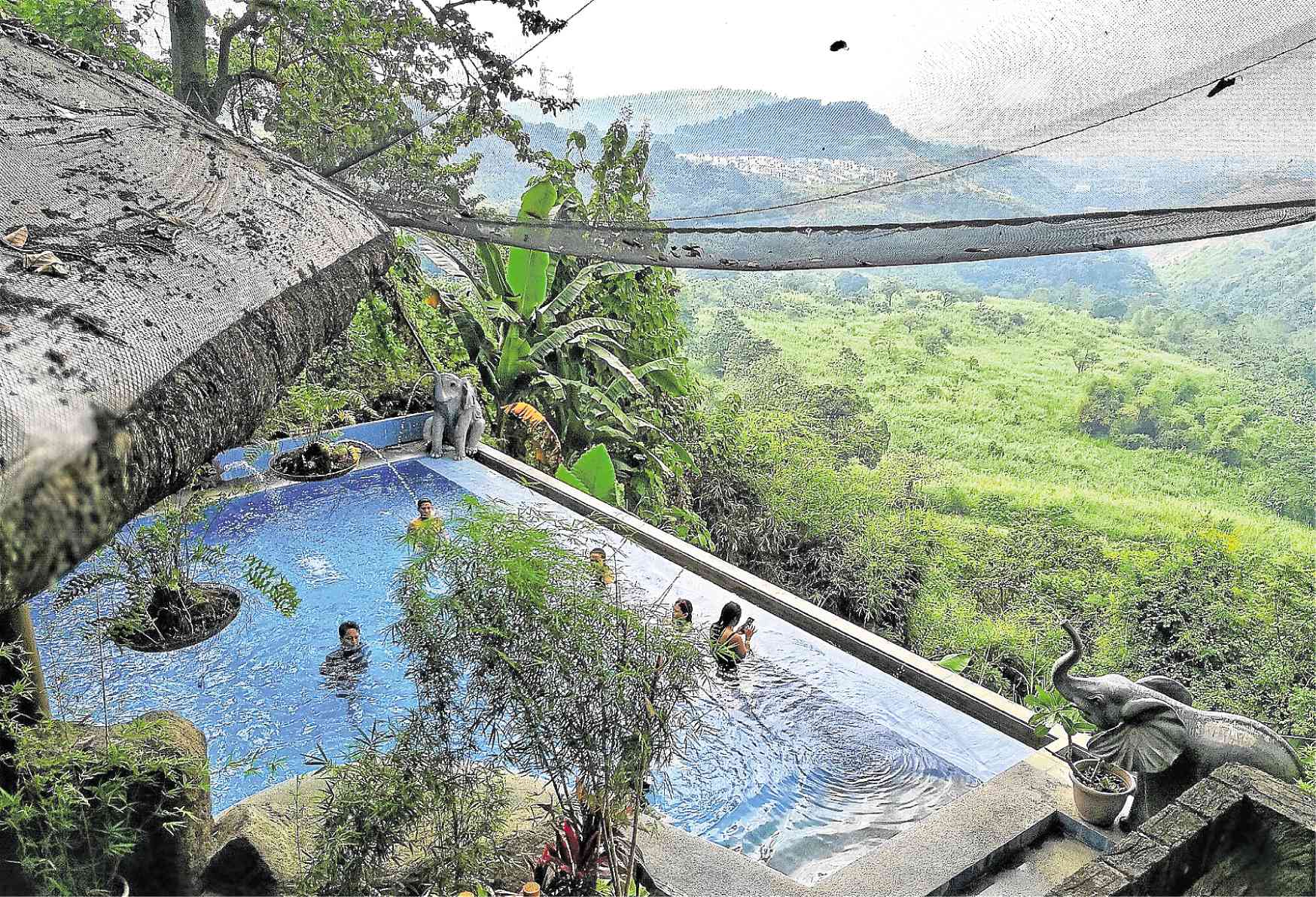A return to Antipolo
Long before the advent of the internet, the upland town of Antipolo was considered “out-of-town” that lured the cityfolk for a weekend getaway because of its cool climate, lush greeneries, rolling hills, and delicacies that include kasuy and suman.
Located at the metro’s eastern doorstep, it is known for the picturesque Hinulugang Taktak and is acknowledged as the country’s “Pilgrimage Capital” because of its centuries-old devotion to the Our Lady of Peace and Good Voyage Shrine.
Over the decades, it has morphed into an urban center and has become a satellite of the metropolis with the growth of subdivisions, executive villages, light industries, resorts and schools. Its altitude affords a scenic view of Metro Manila, which is mesmerizing at night, and a cooler climate the whole-year round, which have lured many urbanites to settle here.
Reliving glory days
With a population of about 800,000, it is the most-populous city in the Calabarzon region, and the seventh in the country. At some point in its history, the city became a victim of its own growth, resulting in poor urban planning and the pollution of the Hinulugang Taktak.
Article continues after this advertisementNew tourist destinations, with the help of social media, had overtaken Antipolo’s popularity and it is only in recent years that it started reliving its glory days to be a top-of-mind hideaway.
Article continues after this advertisementAnd in case you blinked in the past two decades, the city is worth revisiting with its cozy spas, art colonies, specialty restaurants, boutique hotels, farm tourism sites, nature-themed resorts, and its blend of modern living and countryside allure.
Destinations
The 8-ha Luljetta’s Hanging Gardens is a sought-after place for a family weekend, a day trip, a hearty meal, a massage, or a full spa treatment. Built on a cliff using Cordillera architectural principles, it boasts of Instagrammable views of the metro skyline and Laguna Lake while you laze on an infinity pool or get a hydromassage.
A part of a recreational complex which covers the Loreland Farm Resort and the Camp Tipolo Adventureland used for team-building exercises, it has family suites, dining areas-cum-art galleries, saunas and jacuzzis, slide pools, manicured gardens, and an events place often used for weddings.
Aside from this top-of-the-line resort hotel, Antipolo is dotted by over a dozen of swimming pool resorts, retreat centers and team-building facilities catering to groups and excursionists.
Golf and wedding getaway
With three world-class golf courses in its soil namely the Forest Hills, Sun Valley, and Valley Golf, Antipolo is a golfer’s haven. And with Eastridge just around the bend in Binangonan town, the city can very well swing its way to the bragging right of being the country’s “golf capital.”
With its conducive climate and magnificent views, Antipolo is also vying to be a preferred wedding and special events venue, to rival Tagaytay City’s dominance in this area. This vision has seen the unprecedented construction of events places, most of which are garden setups designed for weddings and other milestone celebrations.
Food trip
Antipolo became a culinary colony with its wide array of dining outlets which put a fresh twist to old-time favorites. Among the homegrown brands that tickled the taste buds of locals and visitors alike are the contemporary Filipino Marison’s, the artsy Crescent Moon Café of stoneware ceramics artist of Lanelle Fernando, the Asian Casual Dining Chives Bistro and Market, and Filio Bistro, which specializes in American comfort food.
Many of these dining outlets are also pursuing advocacies and supporting social enterprises, and patronizing them is like a customer’s way of paying it forward. Chives Bistro and Market, for instance, is helping promote indigenous crafts and ingredients, as well as organic agricultural produce from far-flung areas.
Popular Manila-based franchises are also present in the city, while the foodcourt craze is also becoming a norm, attesting to the improved purchasing power of the residents.
With its new lease on life, the city government is revitalizing Antipolo as a nature and culture attraction, and a metropolitan satellite keeping in step with the changing times. Decades after the “Tayo na sa Antipolo” folk song hit the airwaves, the invitation still stands to visit or revisit the city—for a bit of nostalgia, recreation and business.


